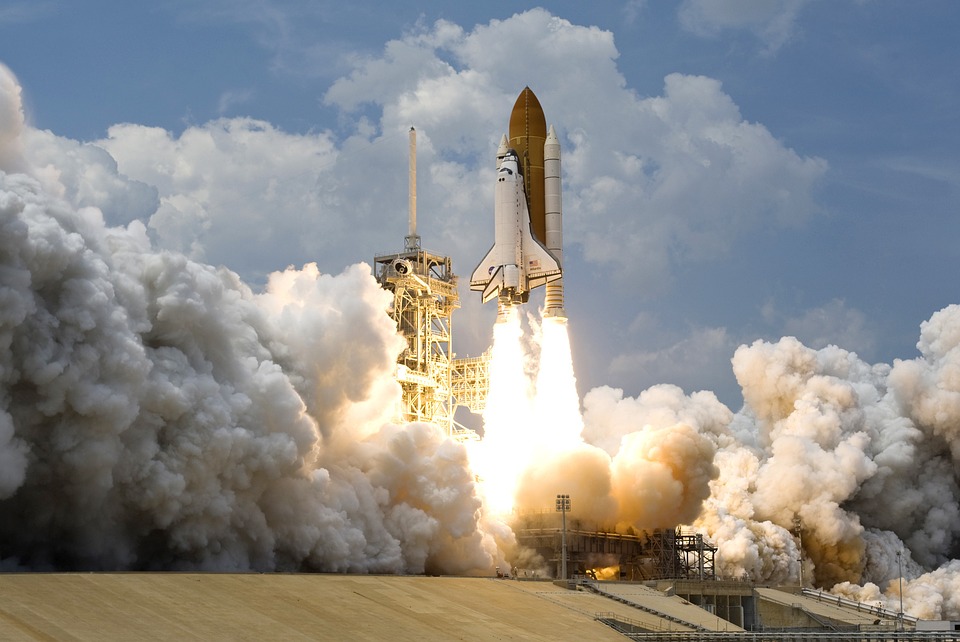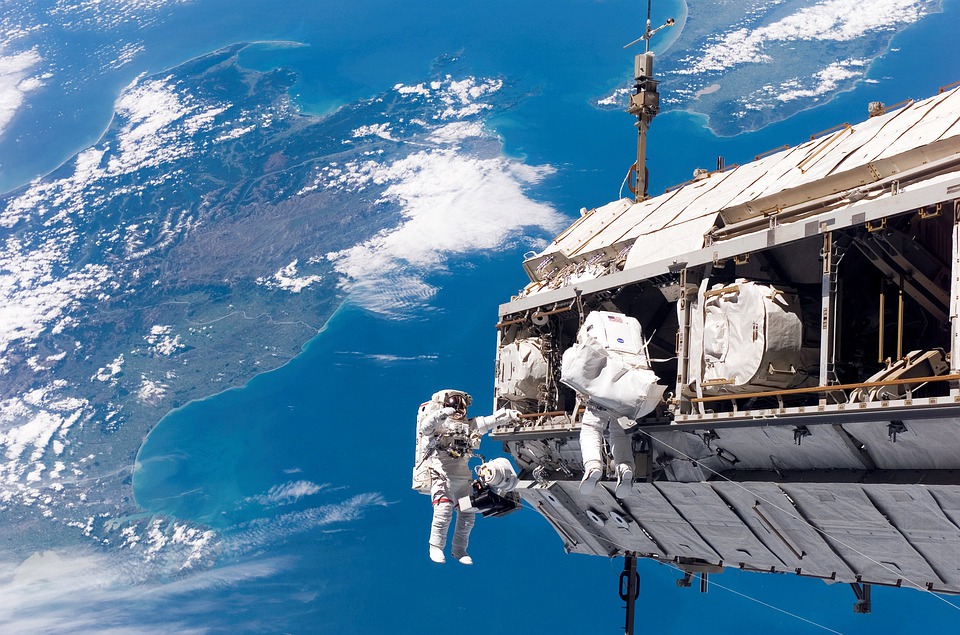NASA and Boeing Delays Space Mission to 2023
The first space mission between Boeing and NASA is unlikely to happen this year. The former was initially eyeing December for its CFT or Crew and Flight Test to the ISS. However, technicians now require more time so they can address the concerns that were identified during the second orbital test flight, designated OFT-2—an uncrewed trip to the space station that their Starliner made back in May.
Steve Stitch, NASA’s program manager for their commercial crew, confirmed that they’re now targeting February of next year as the new launch date for their astronaut mission. So, if it all goes to plan, there’s a good chance that three more crewed missions will be launched into space.
OFT-2 concerns
Similar to SpaceX, Boeing also has a multibillion-dollar agreement to get astronauts to the ISS and back for NASA. However, while SpaceX has already launched crewed space missions using its Falcon nine rocket and Dragon capsule, Boeing isn’t yet on the same level. Its most significant milestone was the previously mentioned OFT-2, a shakeout cruise showing that the Starliner is able to get to the ISS safely. However, its six-day excursion didn’t go as smoothly as expected.
The post-flight reviews showed four primary issues that need further work and troubleshooting, one of which involves the untimely shutdown of the thruster of the OMAC or orbital maneuvering attitude control. Based on the reports by the investigators, the problem had most likely happened due to the incursion of some debris. However, the debris type remains unclear.
Beyond its issues with the OMAC, the Starliner also experienced some problems with its RCS thrusters within the service and crew modules during the OFT-2 mission. It also found anomalous pressure readings on the thermal control systems. Moreover, the Vision-based Electro-optical Sensors and Tracking Assembly or VESTA, which enabled the Starliner to dock and rendezvous with the space station, didn’t behave as they anticipated. However, it did do its intended task well.
Fortunately, Boeing mapped out the fixes for these concerns, and they’re confident that all issues will be addressed by February. For example, all the pressure problems it experienced can be resolved with the removal of excessive and unnecessary filters within the thermal controls. In addition, the VESTA’s overcollection of data that its computers could safely handle requires little more than a few tweaks to the flight software of the capsule.
First astronaut mission
Boeing’s CFT next year will send Suni Williams and Barry Whilmore, two of NASA’s astronauts, to the space station and back to earth. The trip is expected to take six days, like the OFT-2’s duration. And if the space mission goes well, it’s likely that they’ll clear the Starliner to begin flying more of NASA’s astronaut space missions.
The OFT-2 was the Starliner’s second chance to fly an uncrewed space mission to the space station and had a number of problems during the trip. The original OFT had experienced many software issues when it was launched back in late 2019 and found itself stranded at too low of an orbit to get to the ISS. Boeing has learned from these mistakes and will finally get to fly astronauts in February of 2023 and put them back into the space race.


